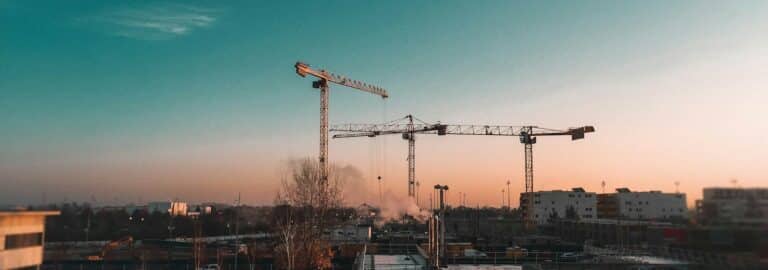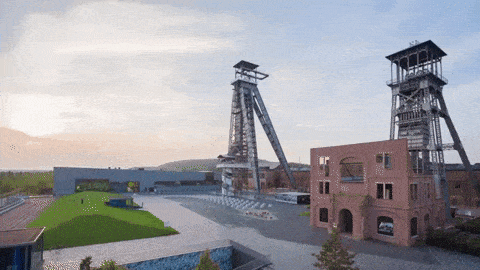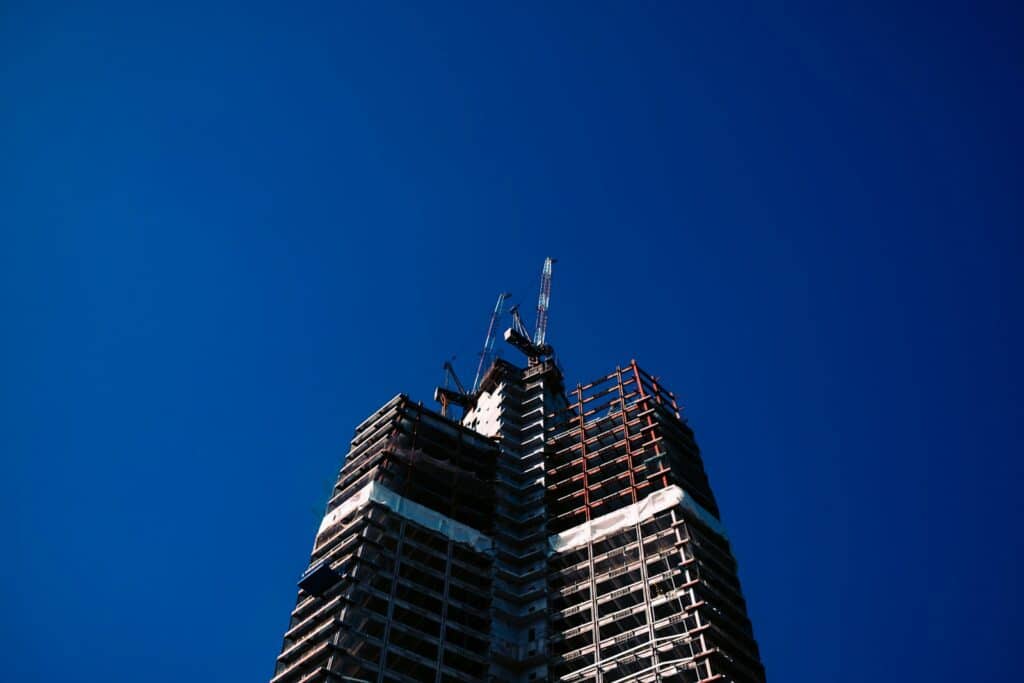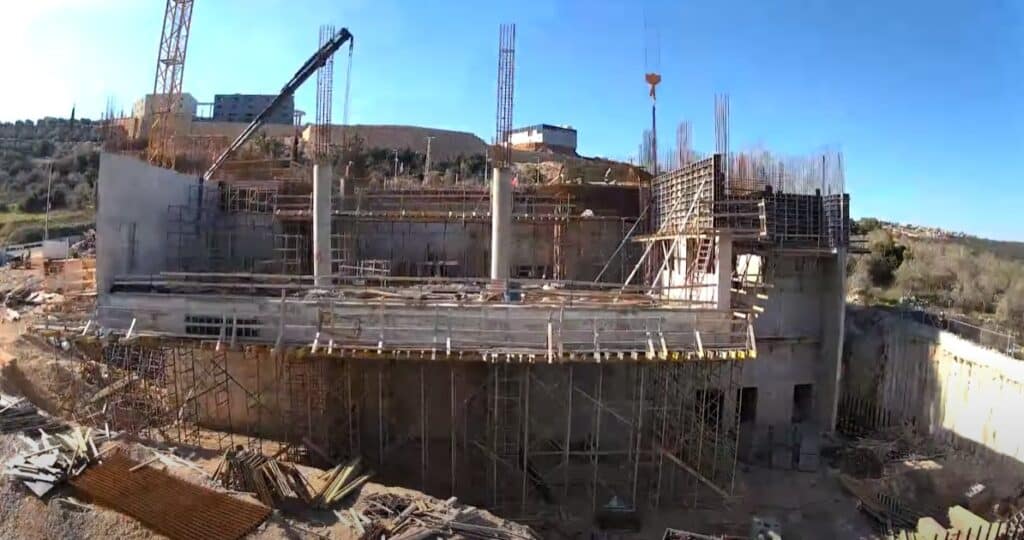Over the past year, it’s been nearly impossible to avoid the impact of AI on our daily lives, including the growing trend of video and animation powered by artificial intelligence. Naturally, as a company specializing in professional photography, we at TimelapseIT often get asked about this topic. So we’ve decided to dedicate a short overview to it.
Since you’re already curious, let’s start with a spoiler:
Time-lapse photography will remain essential—even in the age of AI.
We have already integrated AI tools into our daily work.
AI Is Not a Tool for Documentation
Why are we so confident that construction photography—and especially time-lapse—will remain relevant for the foreseeable future?
Because the core of construction photography is documentation.
AI is an amazing technology, but in its visual and design applications, it excels at generating reality, not capturing it. And when it comes to construction, clients want to see what’s really happening on-site.
Yes, real estate marketing makes wide use of renderings (and we’ll soon explain how that connects to our challenges), but at the end of the day, buyers don’t live in a 3D model—they live in real buildings. That’s what they expect to see. And with time-lapse photography, this becomes even more critical.
One of the main purposes of installing time-lapse cameras on-site is to provide real-time progress updates. A buyer who wants to see how construction is going doesn’t want that reality “polished” or altered by AI. They want the truth.
Integrating Renderings into Time-Lapse Videos
Now that we’ve made it clear that time-lapse isn’t going anywhere, it’s important to say this:
We’re not against AI—far from it. We actively use AI tools in our workflow, but in complementary ways.
Time-lapse might be considered an “old” technology today. Its roots can be traced back to the late 19th century and the experiments of photography pioneer Eadweard Muybridge, long before the invention of cinema. Yet one of the beauties of photography is that its core principles—light, movement, and time—remain relevant, and easily integrate with today’s digital tools, including AI.
For example:
One AI-powered feature we use is finishing a time-lapse video with a 3D rendering of the final building. If the construction process is still ongoing, we can simulate its completion using a smooth transition into a realistic AI-enhanced model.
This method creates a powerful marketing tool—a blend of reality and vision. We’re always transparent that the final frame is a rendering, but the seamless transition from real footage to simulation is far more impactful than a standalone mockup.
So, How Does AI Help?
Well, matching a rendering to real-world footage is no simple task. There’s almost always a visual mismatch—differences in angles, lighting, or geometry—that used to be expensive and difficult to correct.
Today, AI tools allow us to adjust renderings and make them fit the real footage flawlessly. They can match angles, simulate lighting, and blend digital elements into a live-action environment with stunning accuracy.
👉 Don’t believe it?
Check out the stunning video we created for the Park Tzafon project by Canada Israel, located in northern Tel Aviv.
📧 Timelapseit11@gmail.com
📞 050-225-6866







